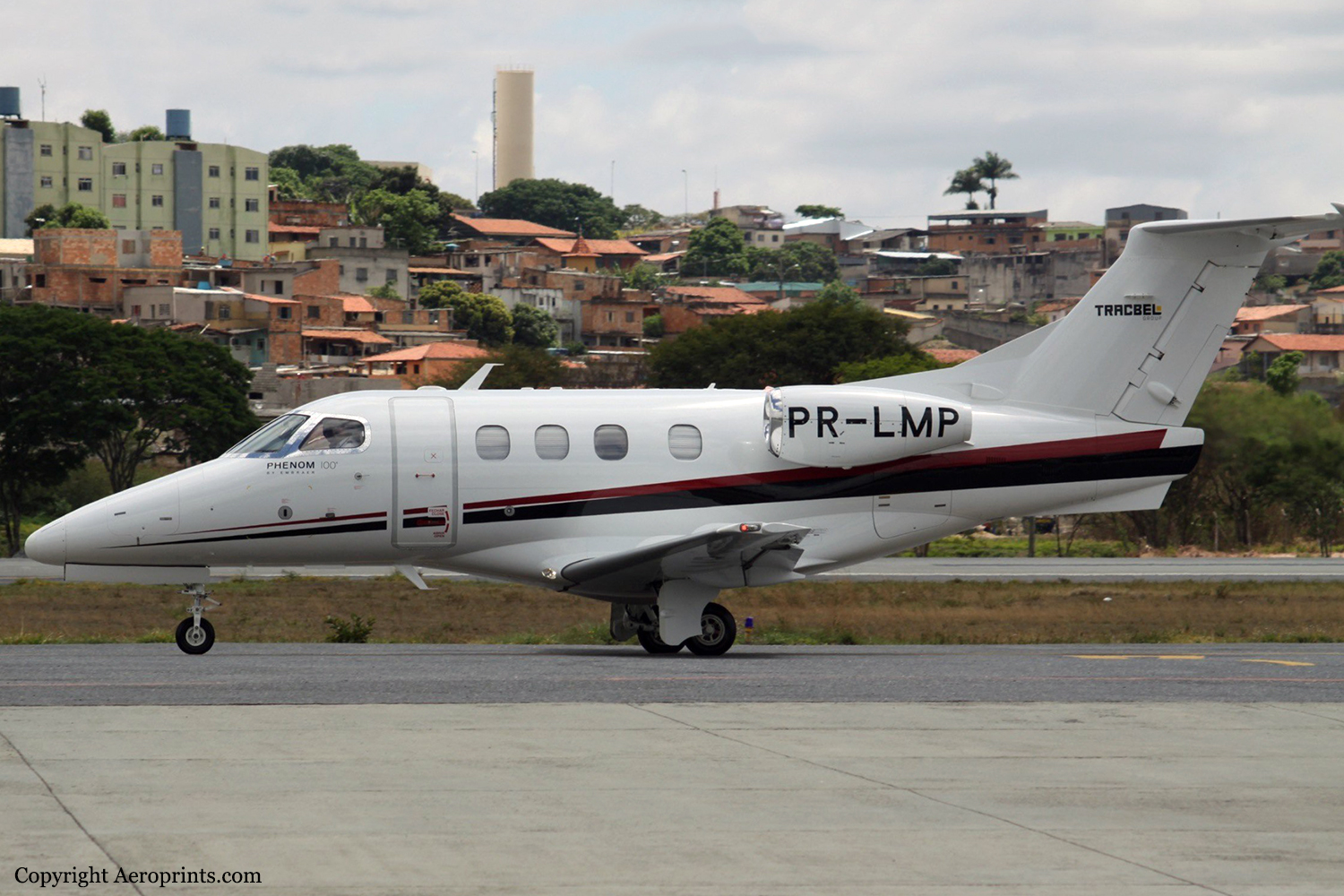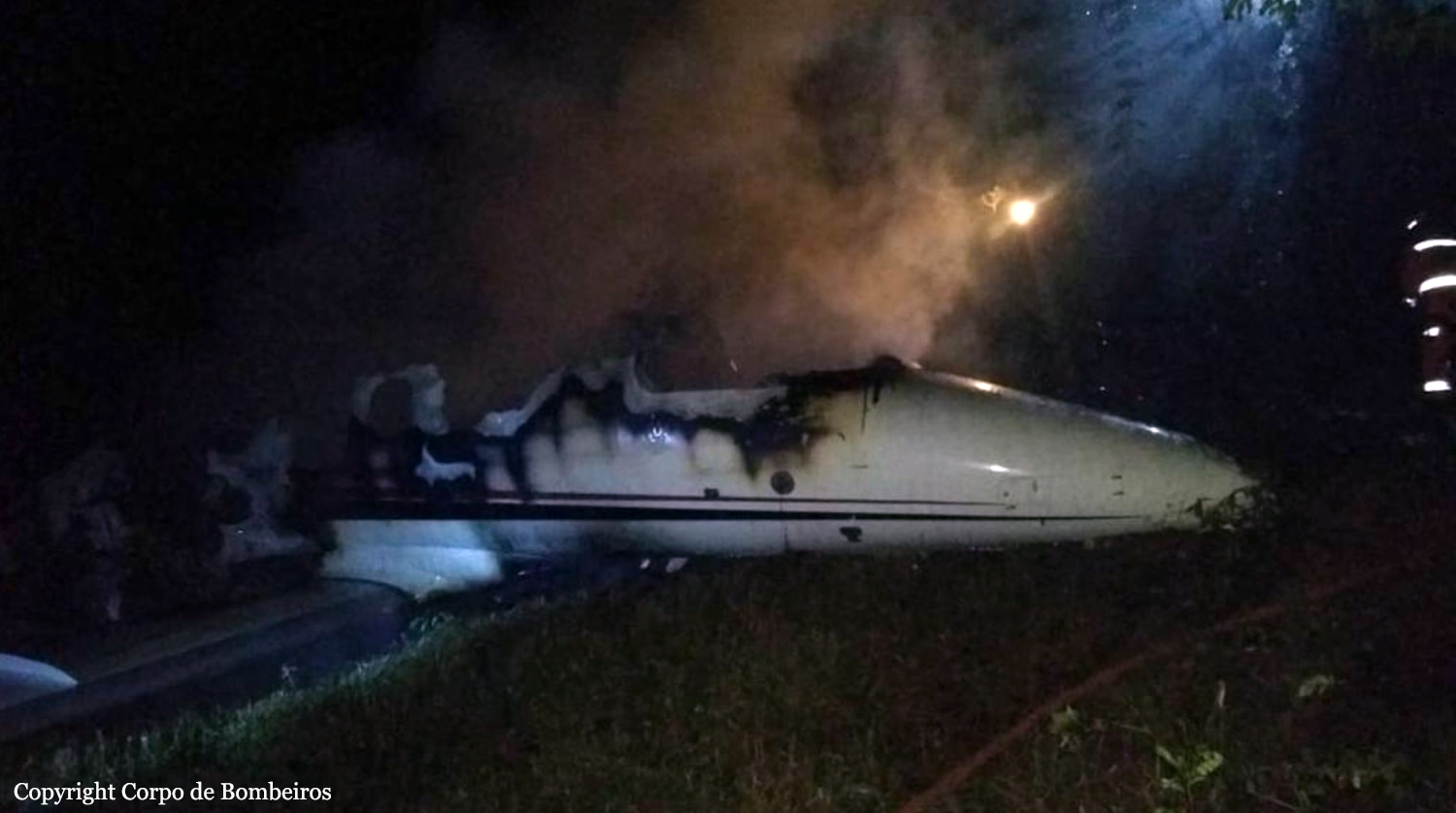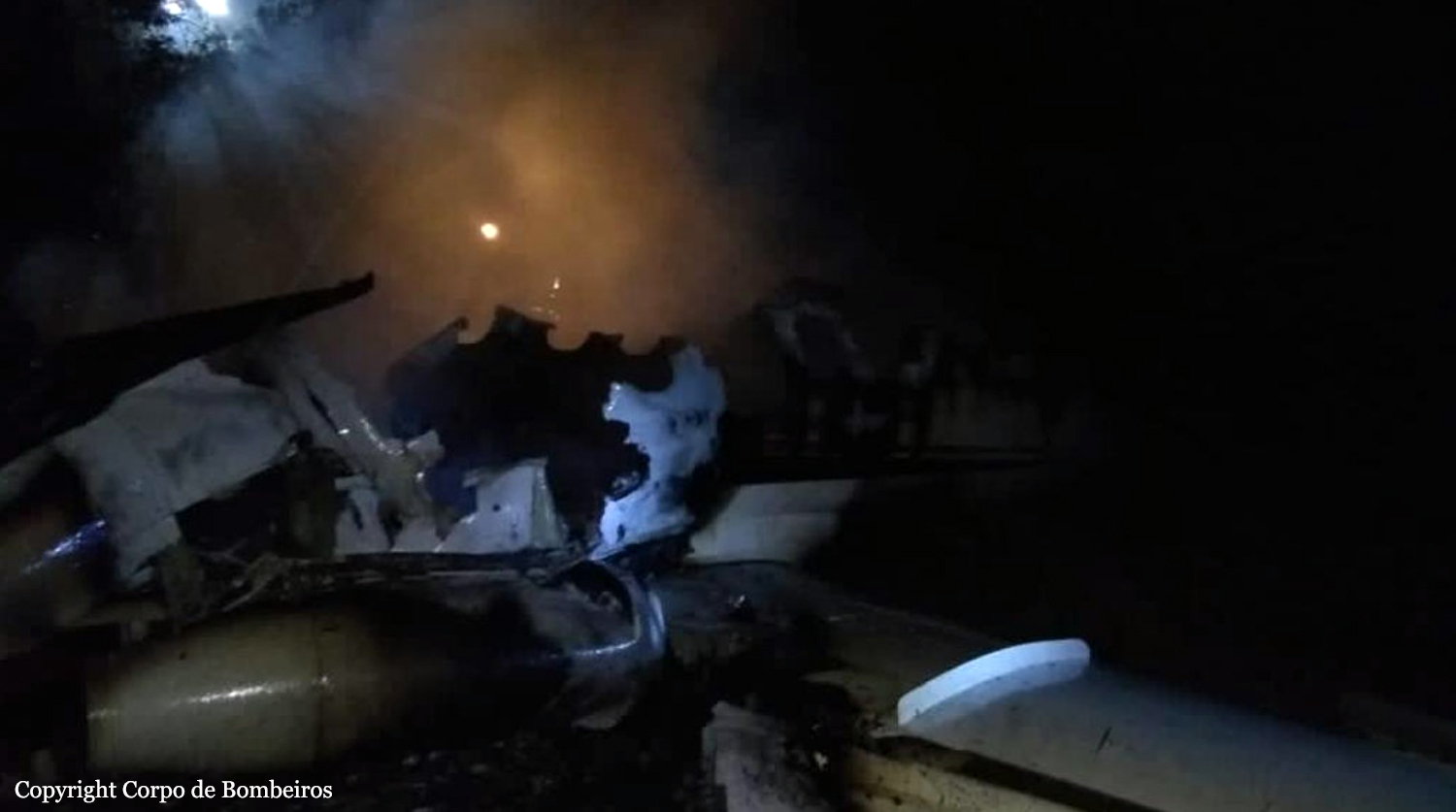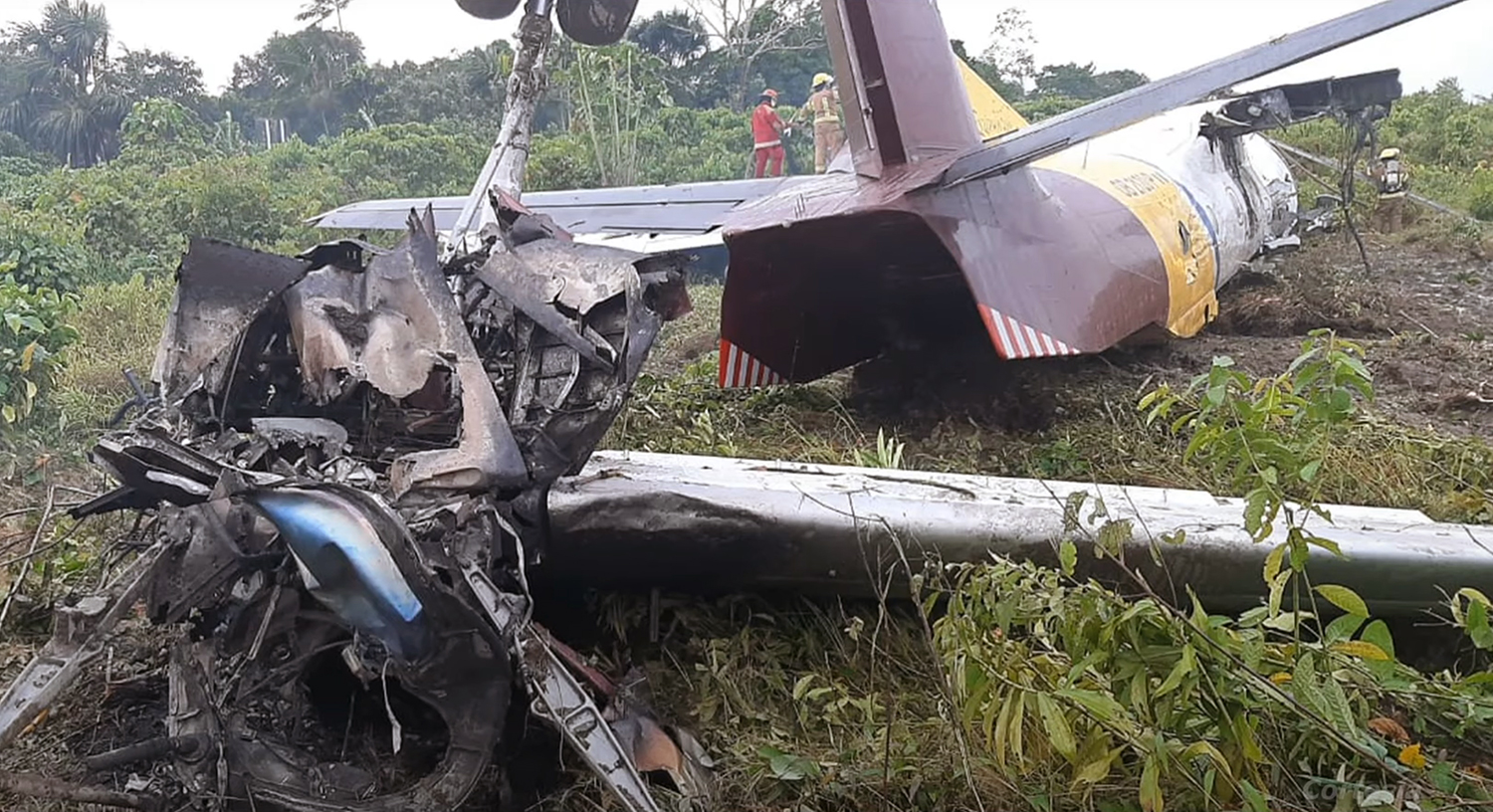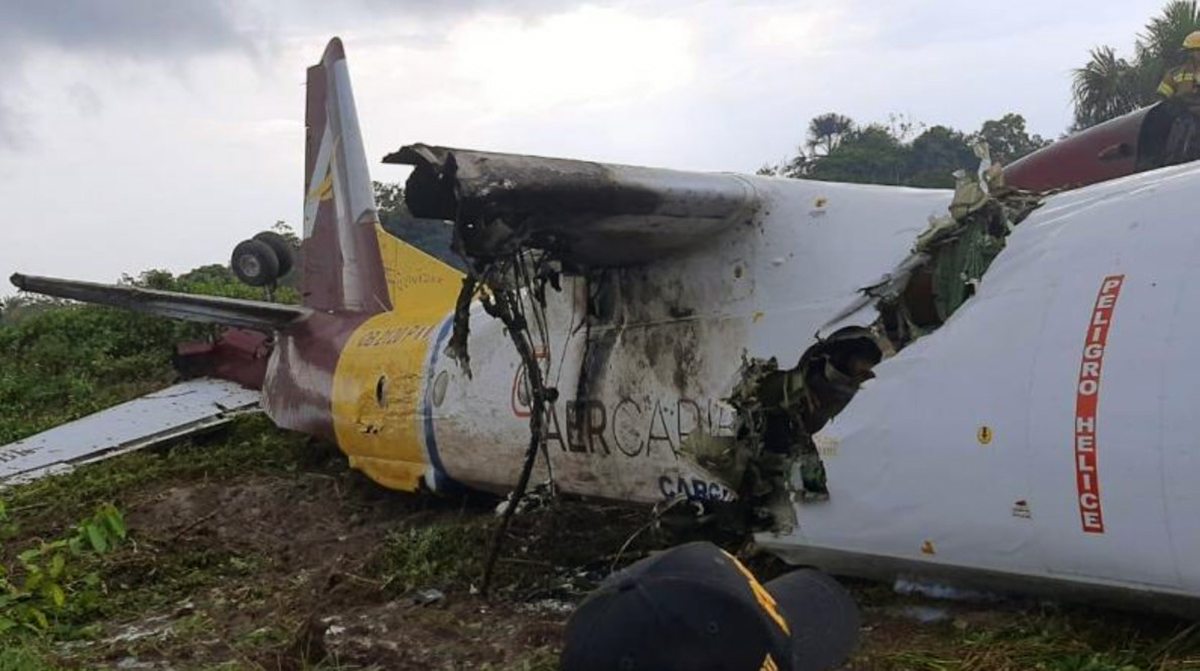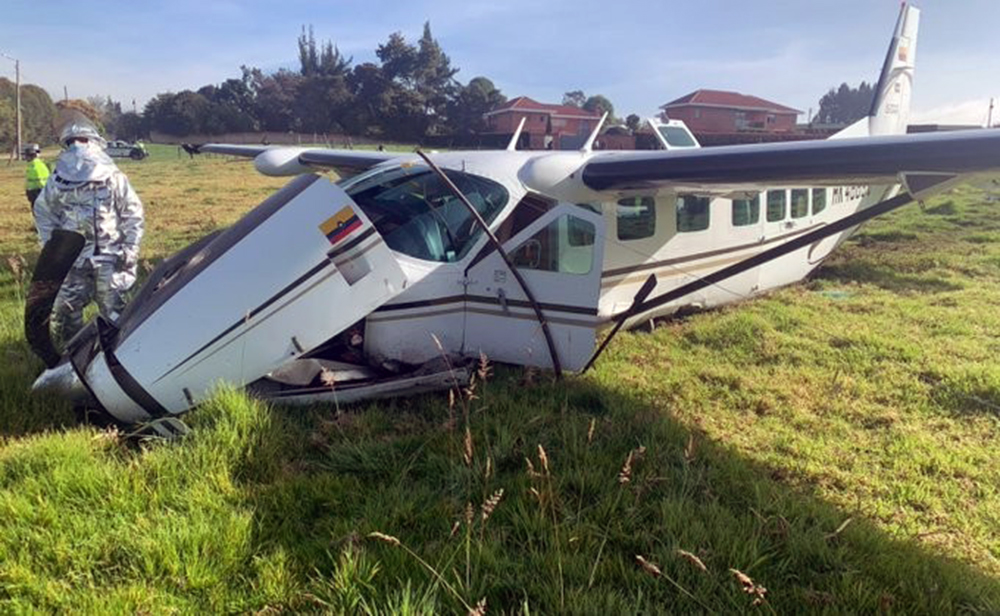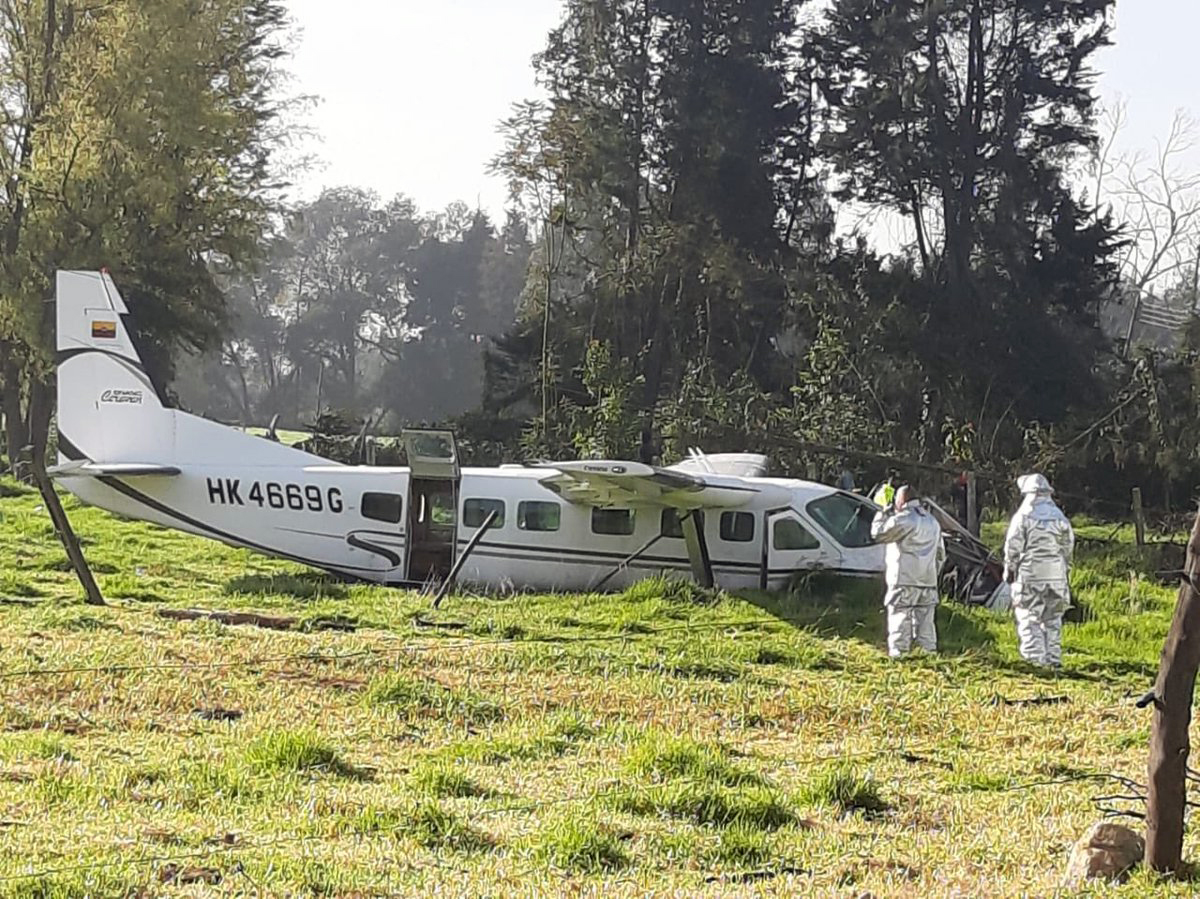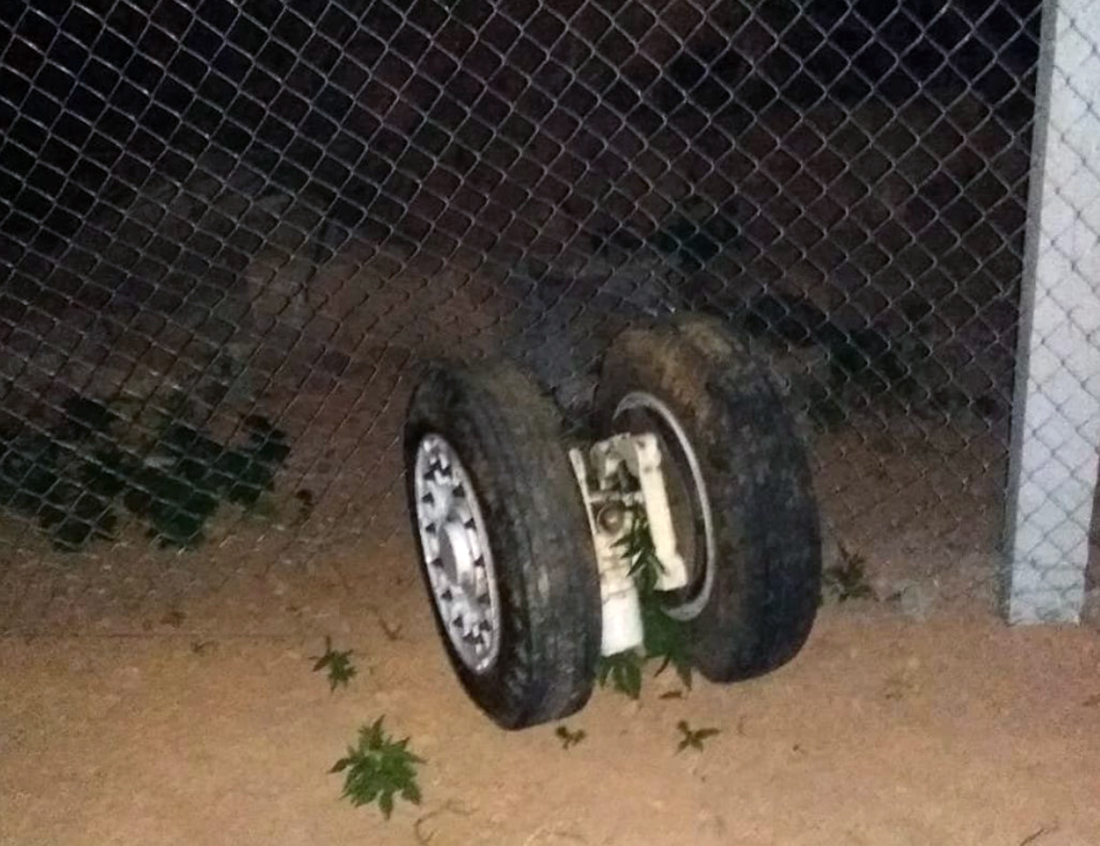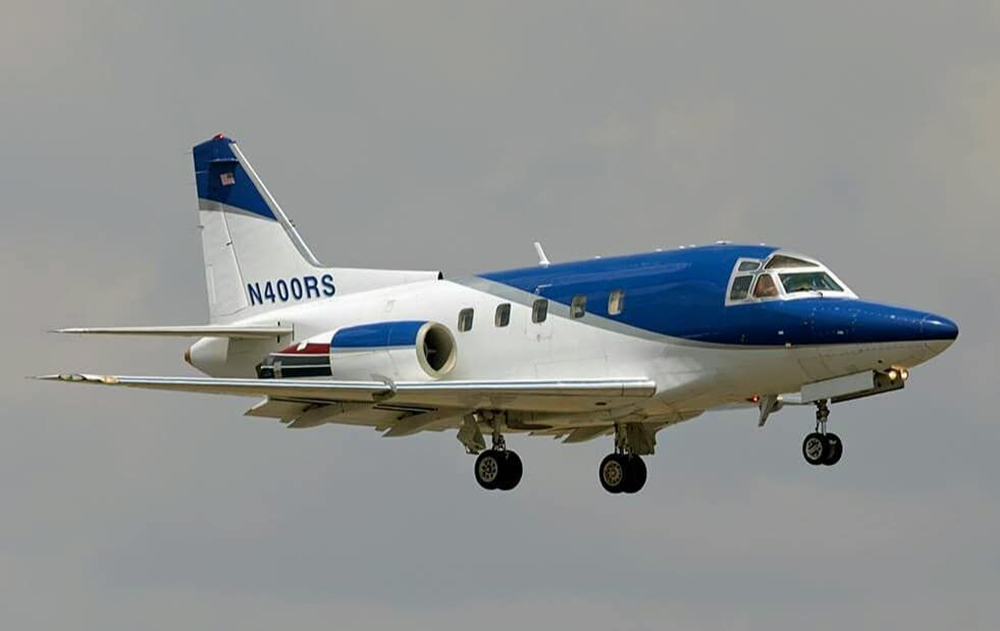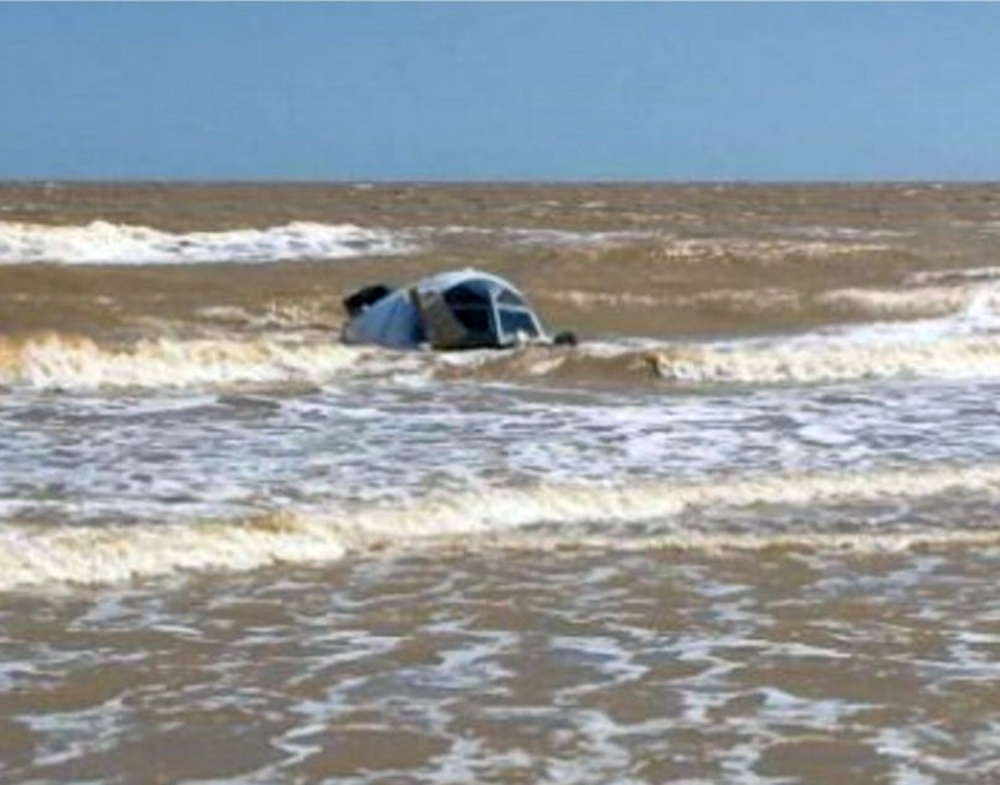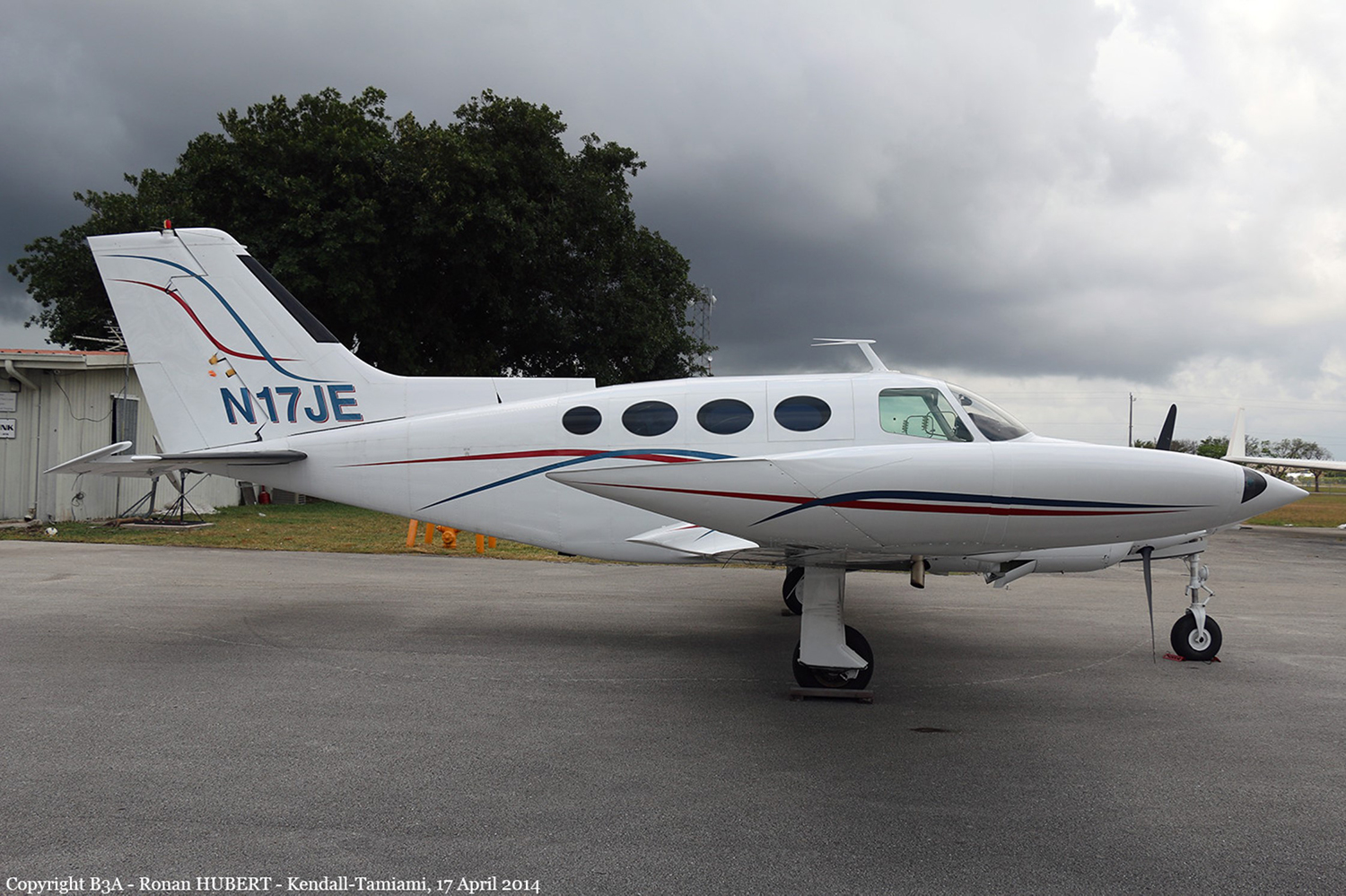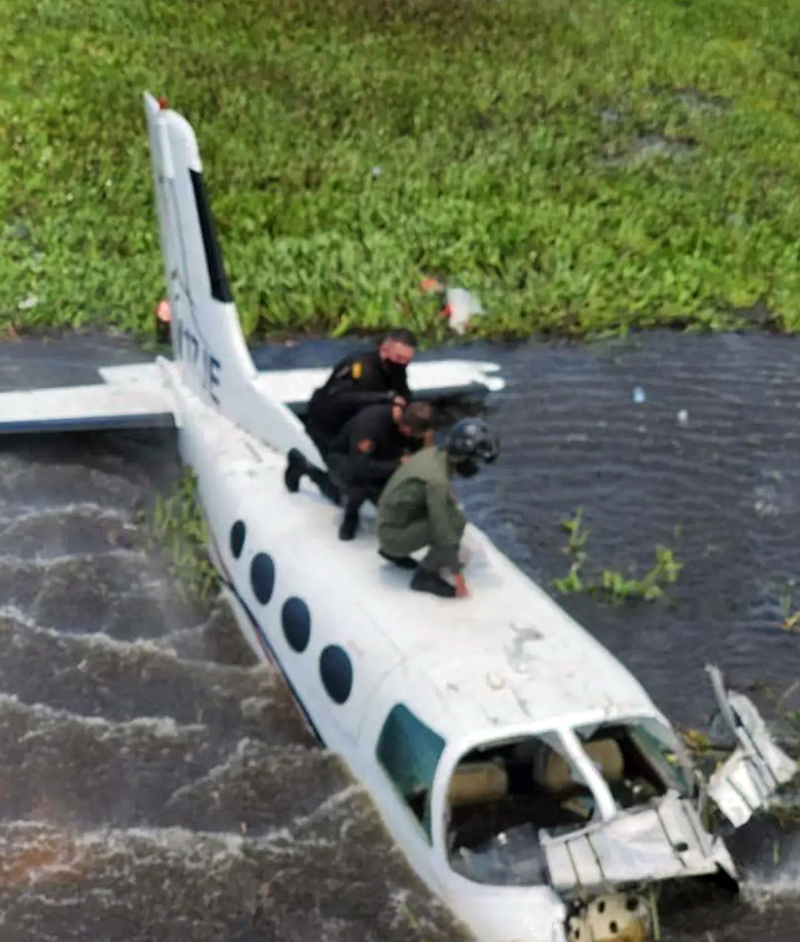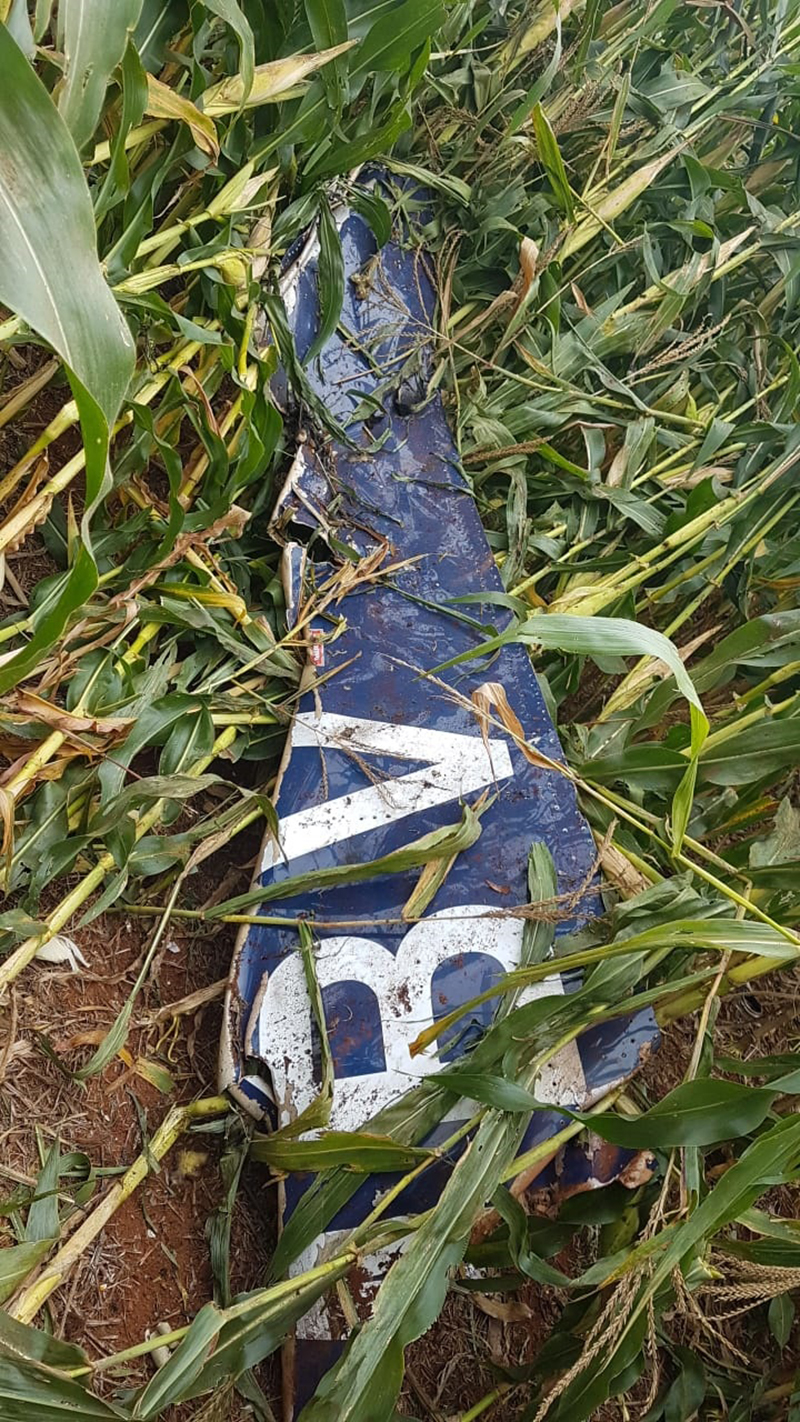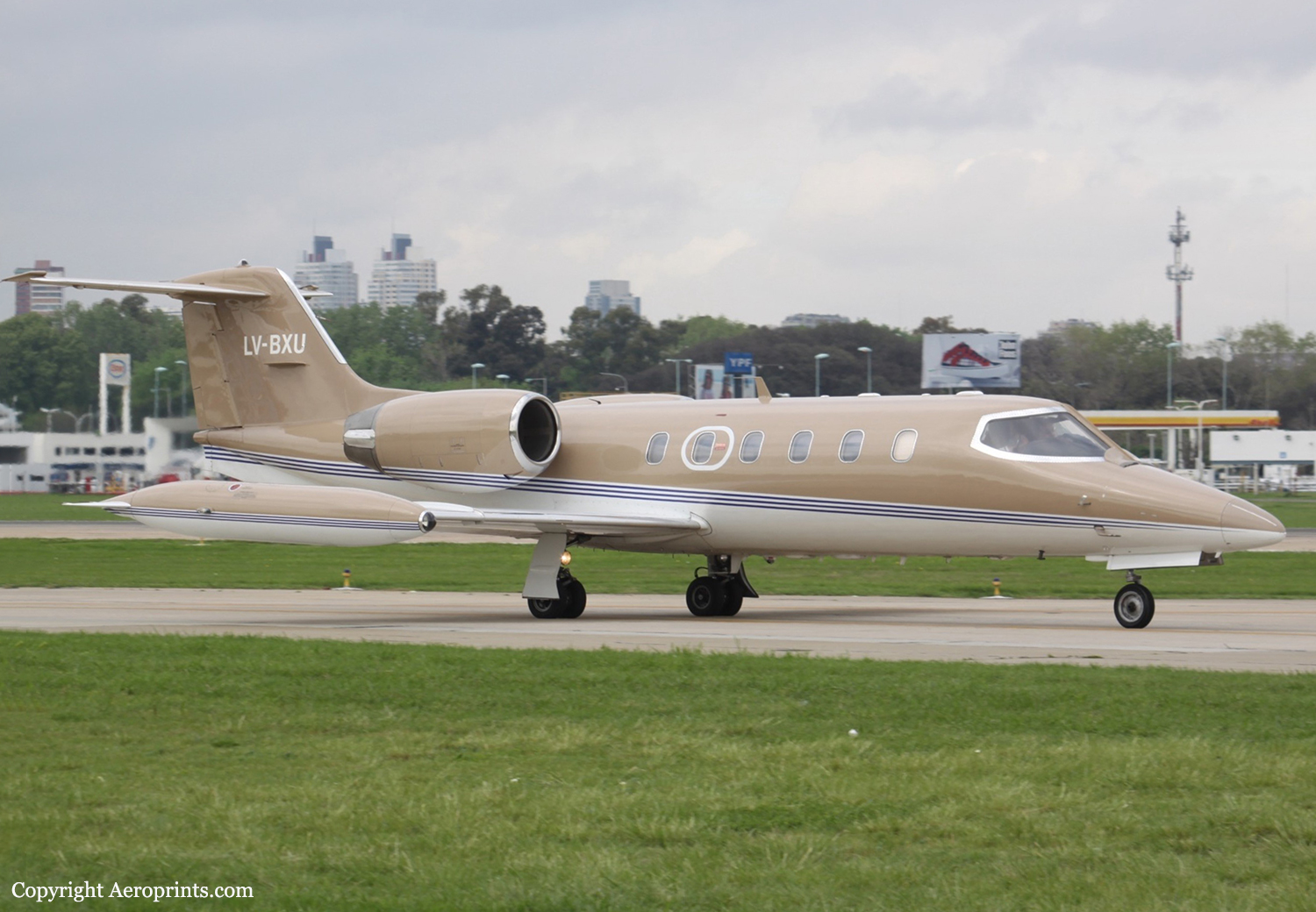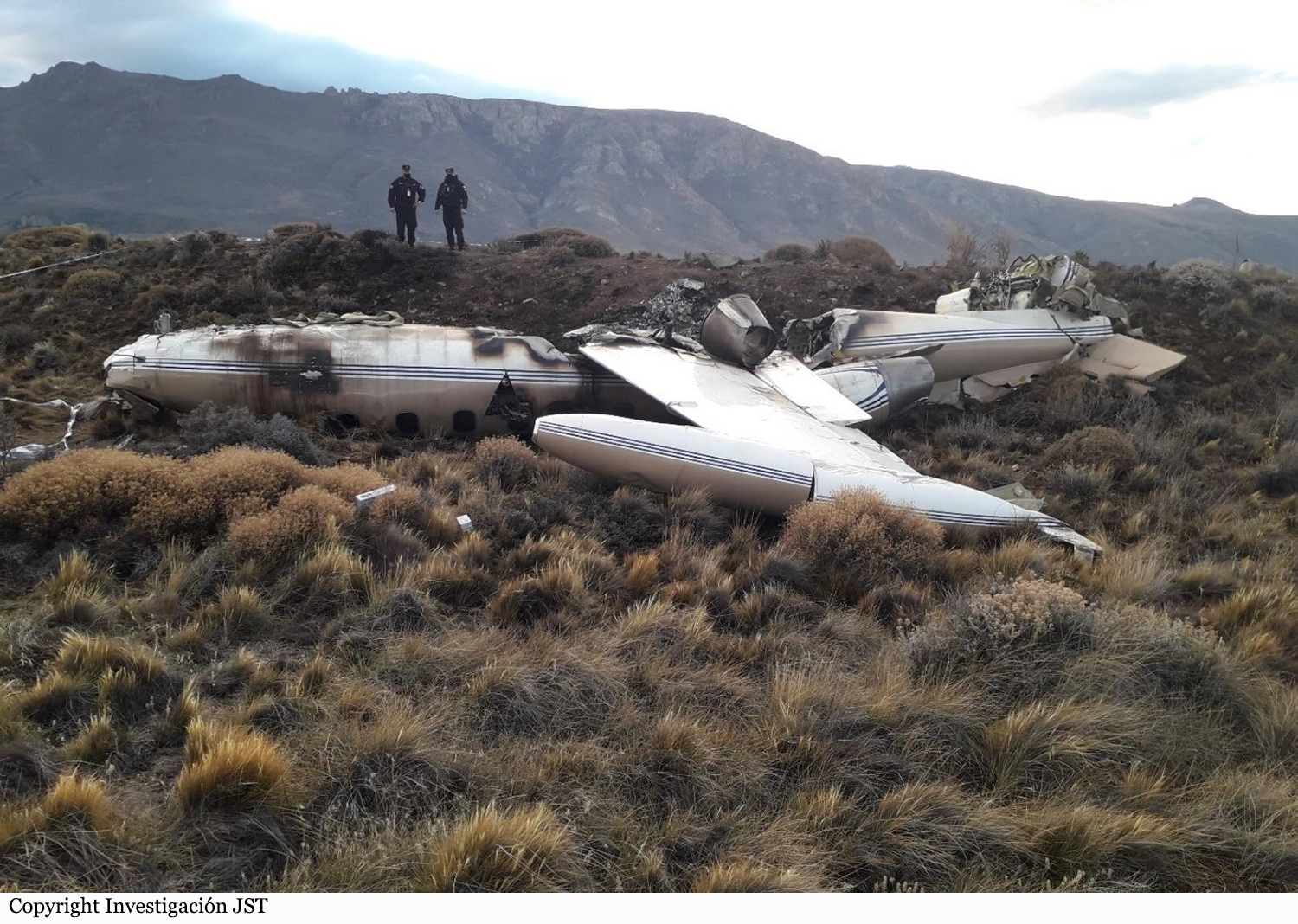Crash of a BAe 125-800A in Jesús María Semprún
Date & Time:
Dec 5, 2020 at 2000 LT
Registration:
N484AR
Survivors:
Yes
MSN:
258014
YOM:
1984
Crew on board:
0
Crew fatalities:
Pax on board:
0
Pax fatalities:
Other fatalities:
Total fatalities:
0
Circumstances:
After flying over the Yucantan Province and the Cayman Islands, the aircraft entered the Venezuelan Airspace without permission. It was pursued by F-16 fighters over the Lake of Maracaibo until it crashed in unknown circumstances in the Jesús María Semprún municipality. There was no fire and no casualties apparently. The aircraft was destroyed.




